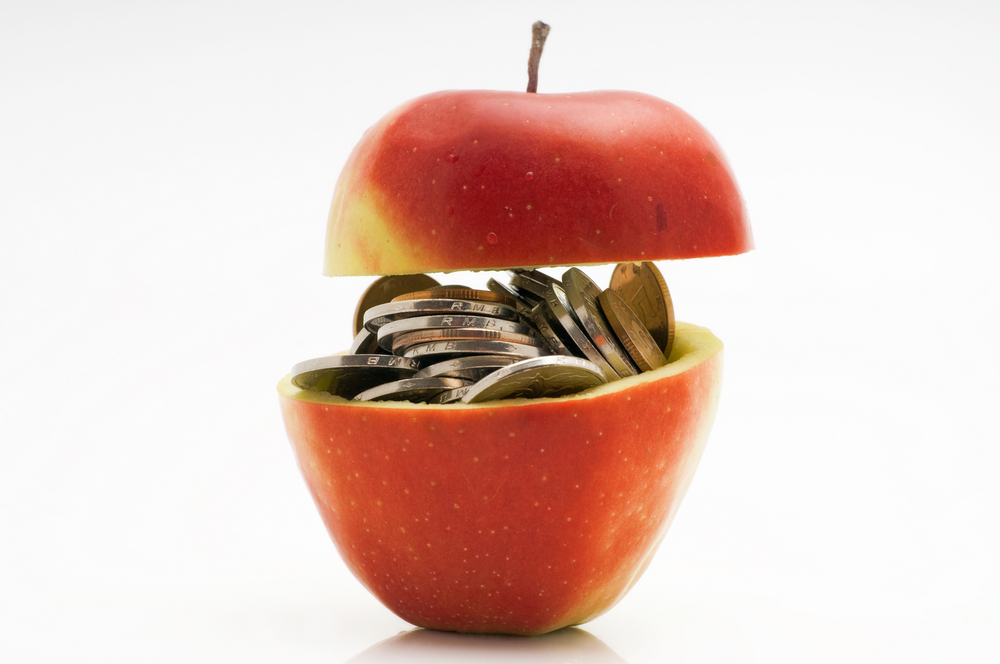Next month, voters in Washington will decide whether their state will be the first in the nation to require labeling of foods with genetically modified ingredients. In this debate, a key point of contention is whether food costs would rise if I-522 passes.
The opponents of the measure — Monsanto, Dupont, other agribusinesses, and many food manufacturers — assert that food costs for the average family would increase by several hundred dollars a year. Analysis of the assertion that food costs would rise reveals a great deal about the food companies and their views of the public. (It’s worth noting, as the Cry Wolf Project has documented, that business groups virtually always make the argument that costs will rise when they oppose regulatory measures.)
The claim that food costs would rise is partly based upon a commissioned study by Northbridge Environmental Management Consultants. It was prepared for the referendum on labeling in California last year, contributing to a vote rejecting by a narrow margin the labeling requirement after opponents swamped the pro-labeling forces by pouring $45 million into the campaign.
The Northbridge report concluded that costs would rise because food manufacturers would choose to substitute non-GMO ingredients for the GMO foods they currently use. Or they would reformulate their foods to avoid GMO products, resulting in increased food costs. These conclusions are echoed in the research brief prepared this year by the Washington Research Council. The council describes itself as the state’s “premier business-supported research organization.”
As the director of the Northbridge report wrote to me in an email: “a prudent risk-management strategy for food producers [would be to steer] … around the issue by using certified non-GMO ingredients or organic inputs.”
He continued: “Further bolstering that case is the experience in Europe which affects many of the same companies, albeit in a very different supply chain and farm environment. … Alternative sourcing of inputs has been the norm there.”
In other words, food would cost more not because changing labels is expensive — it isn’t, food manufacturers do it all the time — but because the companies would substitute more expensive, non-GMO ingredients.
At best this is a simplistic economic analysis. For one thing, if labeling were required, particularly if (and when) the labeling requirement is adopted by other states, demand for non-GMO versions of corn, soybeans, and sugar beets — the basic GMO crops — would increase, production would expand, and prices for non-GMO ingredients would decline. The result would be a new price equilibrium surely less costly for food producers than the cost of current non-GMO ingredients.
For another, if foods with GMO ingredients indeed were cheaper to produce, there would be ongoing demand for the less expensive versions of food products, and some GMO foods would find a market niche at the lower price point.
But most interesting is that both sets of researchers conclude that the food companies would change their products rather than try to persuade consumers that GMO foods are safe, despite the fact that the U.S. government and distinguished scientific panels have long declared this to be the case.
The food companies are apparently convinced, and the consultant reports tacitly acknowledge, that consumers would not buy products that were labeled as containing GMOs. They fear that the public would reject GMO-labeled products as “frankenfoods,” the appellation they apply in the discussion when they argue that the public would reject what the food manufacturers have maintained for 30 years is perfectly safe. As the Northbridge report put it (p.28) : “To avoid labeling their products with a vague and potentially frightening warning, it is assumed that most or all food manufacturers will generally choose to replace their GE ingredients with non-GE or organic ingredients [emphasis mine].”
The food companies’ position thus comes down to this: Members of the public should not be permitted to know what’s in their food because they can’t be trusted to know where their interests lie. The industry that is second to none in creating consumer demand for things people don’t need — for example, flavored waters, fruitless fruit drinks — maintains that it would be powerless to convincingly represent as safe genetically engineered foods that people have been consuming for decades.
At the very least this is a proposition worth testing.




